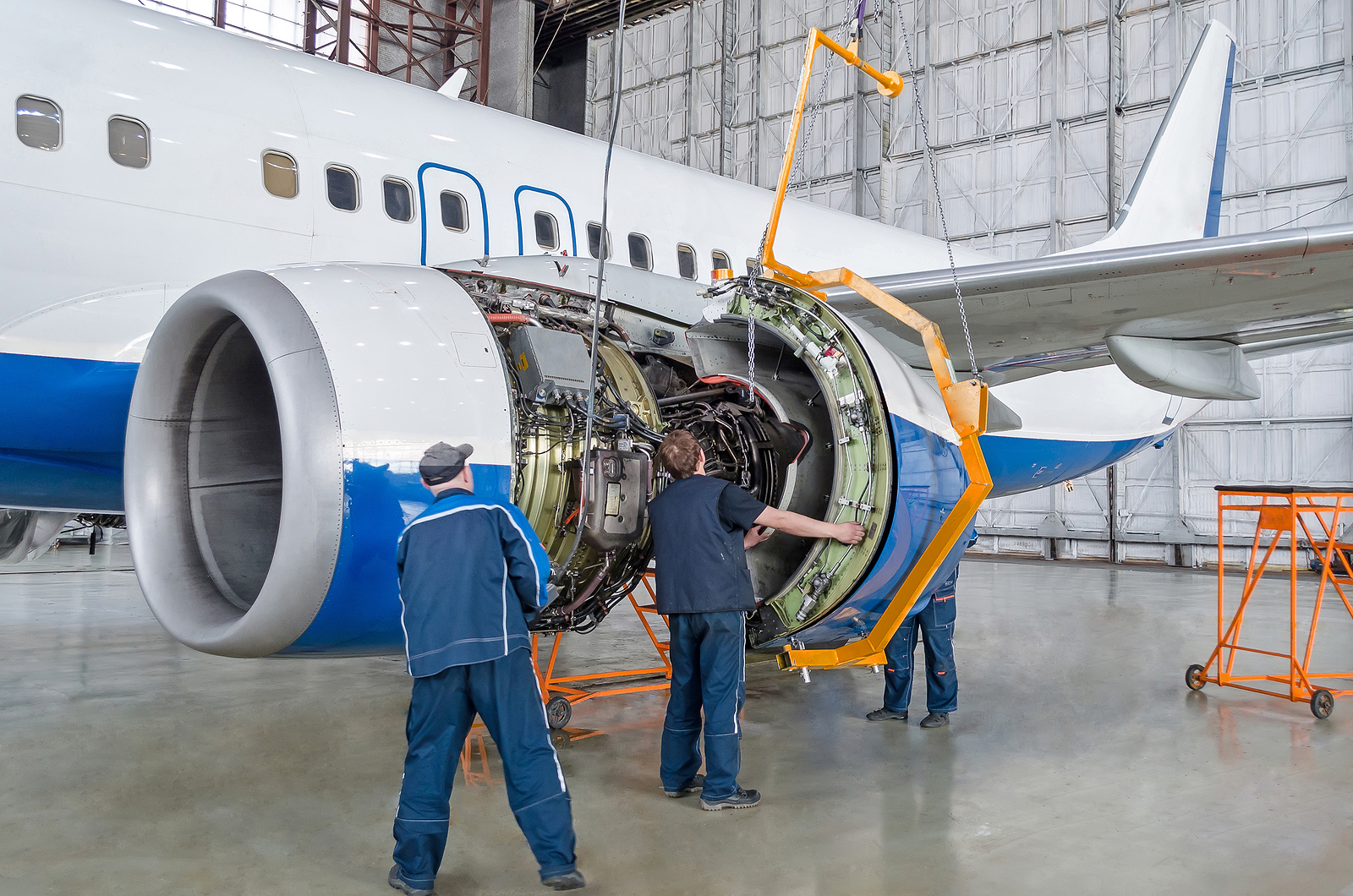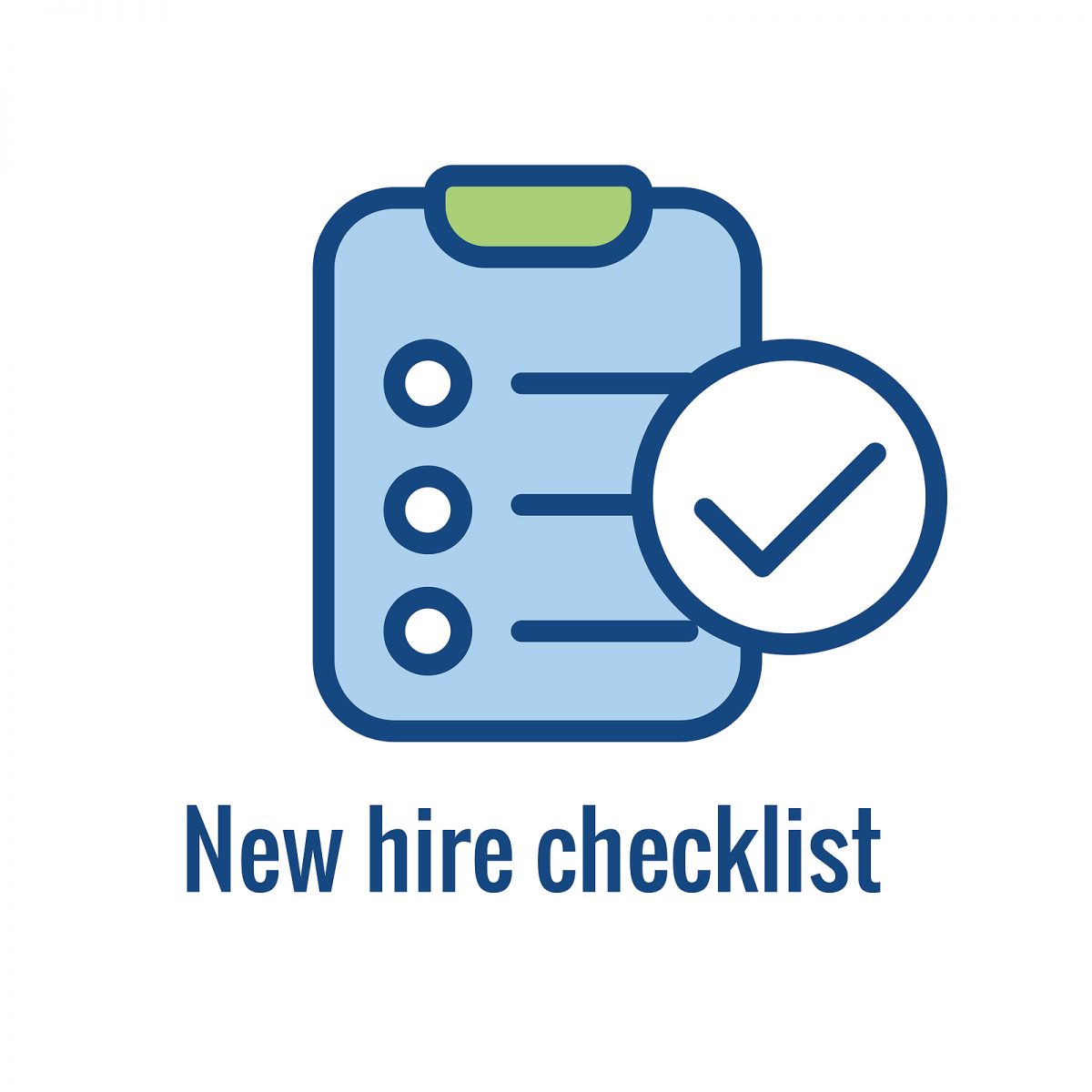Paving Your (Career) Path to CNC Programming
The COVID-19 pandemic greatly interrupted and disrupted the global labor market in 2020. As we finally start to climb out of it, we are seeing the effects and likely lasting changes the pandemic created. With these changes in the labor market, you might even be thinking about making your own career change.
Here at PMG, we highly recommend that you check out a career (if you haven’t already) in the manufacturing sector. There are many reasons to consider a career in manufacturing including the opportunity for advancement, growth and development. In fact, regardless of where you start in manufacturing, hard work, continued education, and commitment will pave the way for growth. A career in CNC machining and programming is an area, out of many in manufacturing, that is experiencing high demand for skilled talent. Let’s take a look at the career arc of a CNC Programmer, starting from the very beginning as a CNC Operator.

CNC Operator
To become a CNC Operator, here are three great starting points:
Go Back to School
Enroll in, and graduate from, an accredited technical or trade school with an accredited Machine Tool or CNC Manufacturing Technology program. By doing so, you will have a solid foundation of not only education & knowledge but also hands on machining skills. You’ll also learn the importance of safe operations and creating quality parts, all items every employer wants in their CNC Operators and Machinists.
Be an Apprentice
Find an apprenticeship at a nearby manufacturer and spend that time learning everything you can, even if it’s short-term. While you’re there, make sure to do all you can to turn the apprenticeship into a fulltime, permanent position!
Start Entry-Level
Research manufacturers near you who utilize CNC machinery for their production operations. Whether they are hiring or not, apply. Contact their HR and Talent Acquisition teams to let them know that you are eager to work for them. Also, be willing to start in a position outside of CNC operations so you can work your way up.
Once you’ve chosen just where to start, the same goes for this job as it does for any other. Put your time, effort, and abilities in to show your employer that you are not only dedicated but driven. Don’t be afraid to speak up for yourself so they know your desired career path, either. Additionally, continue your education by researching the manufacturing and CNC industries.

CNC Machinist
Once you’ve put in your time, energy, and attention as a CNC Operator (keep in mind, this timeline will vary based on your commitment as well as your employer’s ability), your next step is to work as a CNC Machinist. What’s the difference, you ask? CNC Operators essentially load material into machinery for the machining operations, monitor the machine during operations, unload the finished part, and inspect to ensure quality standards are met. But, there is more to CNC machines than that. CNC machines also need to be setup to run and that’s precisely what CNC Machinists do.
To become a CNC Setup Machinist, do the following:
Take the initiative to learn and ask questions. Ask questions of your coworkers, leads, supervisors, and managers at your place of employment but don’t stop there. Also look for those in your personal network or community who can share information with you.
Watch carefully as others perform setup operations. Take notes when doing so, and review the notes to acclimate yourself with the steps. Stay late or come in early to job shadow the machinists in your facility.
Research what it means to setup a machine, the steps it takes, and become knowledgeable enough to speak about it clearly and with detail.
Ask for training and hands-on opportunities to perform setup operations.
Get certified. The National Institute for Metalworking Skills, Inc. (NIMS) is a great option for securing machining certifications by passing written and practical exams.
Notice when your employer has a skills or production gap. Does your employer need setup machinists to run more efficiently and produce more? Did a skilled setup machinist recently retire, advance, or leave for another opportunity? Now is your chance to speak up and make your intentions clear.

CNC Programmer
Similar to advancing from Operator to Machinist, it’s your time, energy, and attention that will bring you to the next level in CNC operations – CNC Programming. How do you get there?
To become a CNC Programmer, it’s important to do all the items listed above: take initiative, ask questions, research, ask for the opportunity, and notice when your employer has a skills or production gap. In addition to this, you should also:
Become an expert with G&M code. Study G&M codes and memorize them! G&M code is the foundation of CNC machine operations.
Study CNC tooling.
Know what kind of tooling is out there and the purposes for each.
Buy your own seat in a CAM software. I recommend that you buy the same software your employer is using or another software that is common industry-wide (Mastercam, for example). By purchasing a seat for your personal use at home, you are gifting yourself the tools and training needed to move to the next level.
Go back to school. Enroll in a local trade or technical school’s CNC Programming course to gain a degree or certificate specific to CNC programming.
Look for online, video-based training provided by the makers of CNC software. For instance, Mastercam provides training through Mastercam University.
Once you’re a highly-skilled CNC Programmer, it doesn’t have to stop there. However, no matter where you choose to settle in on the CNC path, it’s critical that you keep pushing. The manufacturing industry is always evolving and so are CNC machines. Stay ahead of the game by familiarizing yourself with the changes and new technologies as they come.
Lastly, consider working with PMG.
As an experienced CNC Operator, Machinist, or Programmer with PMG, you will gain invaluable experience and insight by working with some of the biggest manufacturers in the US, helping to promote your growth in the industry.
Interested? Apply here.
If you’re lacking the experience but are a recent graduate from a technical school, join the PMG ReTool Team. We can help you gain the experience to go hand-in-hand with your education!
















